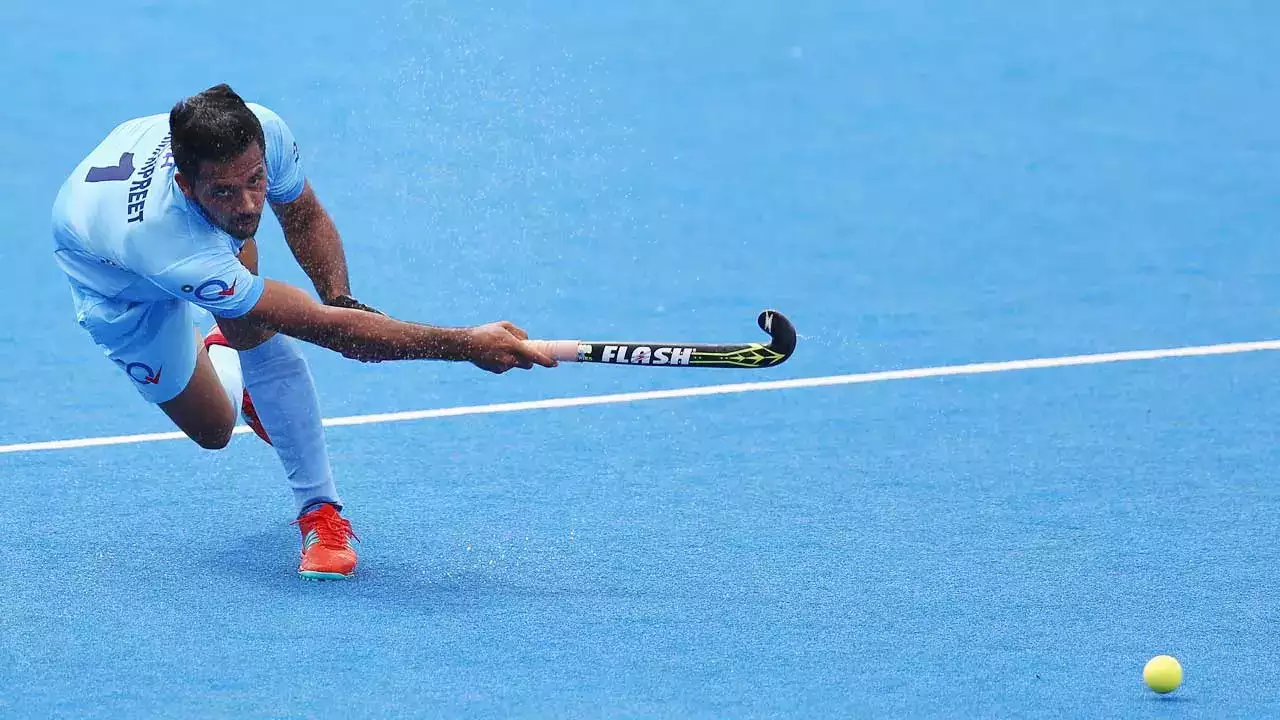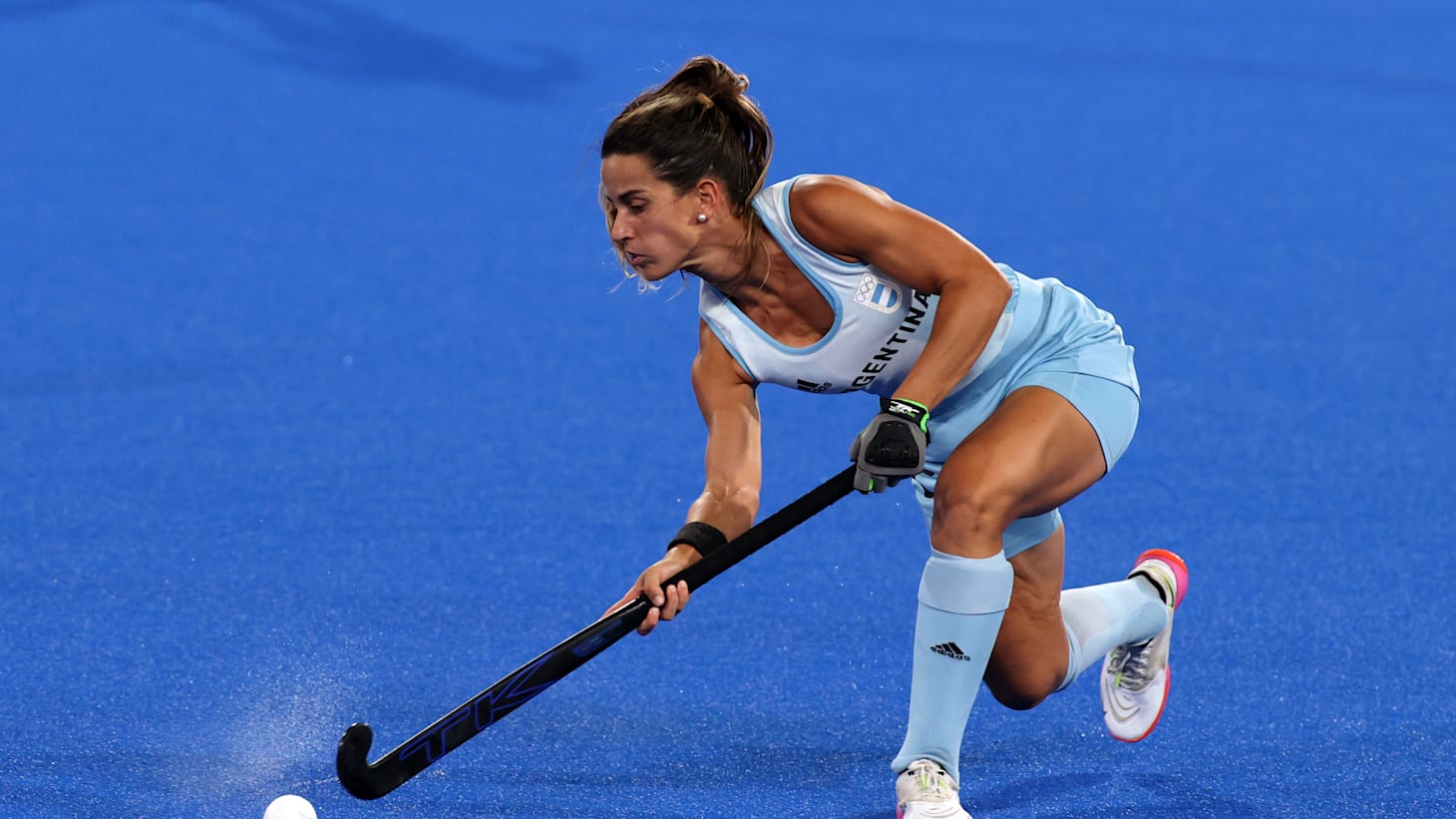In the fast-paced and high-intensity world of ice hockey, goaltending stands out as one of the most challenging and unique positions. Often described as the last line of defense, goaltenders are the unsung heroes who can make or break a team’s success. To truly master the art of goaltending requires a combination of physical skill, mental fortitude, and an unwavering commitment to the craft.
The Physical Demands
At first glance, goaltending may seem straightforward—just stop the puck from entering the net. However, it is much more complex than that. Goaltenders must possess exceptional agility, flexibility, and reflexes. They need to be quick on their feet, moving laterally to cover the net’s various angles while maintaining a strong stance to guard against high shots. A goaltender’s gear adds an extra layer of complexity. The mask, chest protector, leg pads, and gloves are not just for protection but also integral to making saves. A split-second delay in glove positioning or a misjudged angle can be the difference between a save and a goal.
Mental Fortitude
Goaltending is as much a mental game as it is a physical one. Goaltenders face relentless pressure from opposing players, coaches, and fans. The scrutiny is intense, and the margin for error is slim. One momentary lapse in concentration can result in a game-changing goal. Successful goaltenders must develop mental resilience to withstand this pressure. They need to stay focused on the task at hand and maintain a positive mindset even when facing adversity. The ability to shake off a goal and refocus is a hallmark of a great goaltender.

Reading the Game
Goaltenders are often compared to chess players on the ice. They must anticipate their opponents’ moves, read the play, and position themselves accordingly. This involves a deep understanding of the game’s strategies, knowing the tendencies of opposing players, and recognizing scoring opportunities before they materialize. A skilled goaltender can read the shooter’s body language and anticipate where the puck is likely to go. This split-second advantage can mean the difference between a routine save and a highlight-reel stop.
Communication
Goaltenders are the eyes and ears of the team on the ice. They have a unique perspective and must communicate effectively with their defensemen to ensure proper coverage and defensive strategies. Clear and concise communication can prevent breakdowns in the defensive zone and help the team transition smoothly from defense to offense.
Training and Preparation
To master the art of goaltending, dedication to training is paramount. Goaltenders spend countless hours honing their skills, working with coaches, and studying the game. Off-ice training is equally crucial, focusing on strength, conditioning, and agility. Film study is another essential aspect of preparation. Goaltenders review game footage to analyze their performance and study the tendencies of opposing players. This allows them to make adjustments and continuously improve their play.
The Loneliness of the Crease
While goaltenders are an integral part of a hockey team, they often experience moments of isolation. When the game is on the line and a breakaway or a penalty shot looms, it is just the goaltender and the shooter. This solitude can be both exhilarating and nerve-wracking, as the entire game’s outcome can hinge on a single save.


